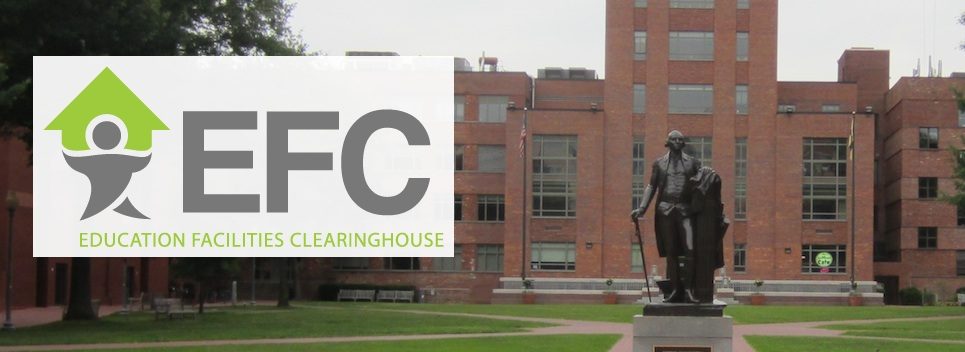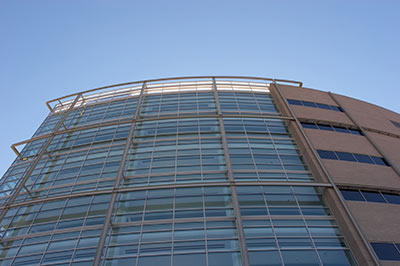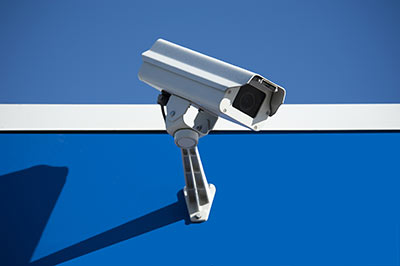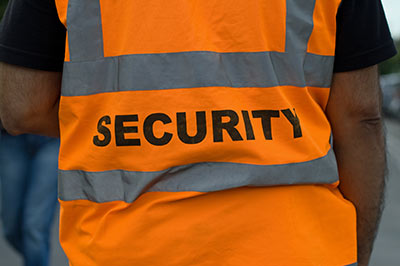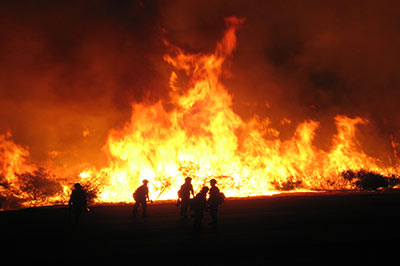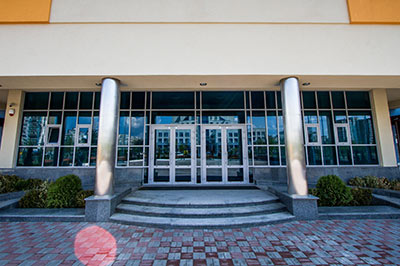Paul Caron, 2013. Designing schools for safety is a major concern around our nation.
Tag: School Safety
Buildings and Infrastructure Protection Series Primer to Design Safe School Projects in Case of Terrorist Attacks and School Shootings
Federal Emergency Management Administration (FEMA) and Department of Homeland Security (DHS), 2012. This publication, part of the new Building and Infrastructure Protection Series (BIPS) published by the DHS Science and Technology Directorate (S&T) Infrastructure Protection and Disaster Management Division (IDD), serves to advance high performance and integrated design for buildings and infrastructure. This manual was prepared as a component of the S&T program for infrastructure protection and disaster management; the overall goal of this is to enhance the physical resistance of our Nation’s buildings and infrastructure to manmade and natural hazards to meet specific performance requirements at the highest possible level
Tackling School Safety Through Design
School Demonstrates ‘Active Shooter’ System
(Posted on November, 13, 2014, Associated Press, November, 2014). With students off for the Veterans Day holiday, a simulated school shooting at a Methuen grammar school on Tuesday showed what "active shooter" technology could do to help police catch a gunman if the horrible threat ever strikes as it has at other schools across the country.
The Handbook for Campus Safety and Security Reporting
(U. S. Department of Education, 2011). Choosing a post secondary institution is a major decision for students and their families. Along with academic, financial and geographic considerations, the issue of campus safety is a vital concern.
ADA Guide for Facilities Managers at Public Universities and Colleges
There is much confusion at our universities and colleges about the Americans with Disabilities Act(ADA). How do universities adequately provide program accessibility for their campuses?
This guide will help facility management staff and ADA campus committees understand the school’s responsibilities under Title I and II of the ADA. Title I has specific protections for employees of government agencies and Title II covers the accessibility rights to all programs offered by Government-Owned institutions and agencies. Those rules are often implemented by using Title III, the physical design guidelines for the various required elements.
Results of the National Campus Safety and Security Project Survey
Campus Safety and Security Project. Review of the important aspects of Campus Safety and Security.
Fire-Safety Challenges Facing College Campuses – A Facilities-Management Point of View
Alipour-fard, (2007). Several years ago, a speaker at a conference predicted that, in a lifetime, the lion's share of college education would be transferred to distance learning programs, and the physical size of brick-and-mortar campuses would be reduced substantially. While distance learning has progressed since then, the capability of brick-and-mortar campuses as the primary venue of higher education remains, for now, unchallenged. Nationwide, campus physical plants continue to grow with the addition of new laboratories, dormitories, classrooms, stadiums and many other types of buildings.
11 Components of a Secure School Front Entrance
Brad Spicer. Protecting our schools is incredibly complex and tragically imperfect. As school leaders look to enhance access control, it is important they understand the primary purposes of a secured main entrance. In the simplest of terms, the purposes are prevention and mitigation. A secure entrance can prevent unauthorized entry by presenting a more positive security image. When prevention fails, the entrance should mitigate an intruder’s ability to enter the school. This should create a delay that provides staff time to call 9-1-1 and implement intruder response plans.
Comprehensive School Safety Initiative: Dear Colleague Letter
National Institute of Justice, (2014). This is a letter on school safety and what each school official can do to insure the highest level possible in his or her building.
